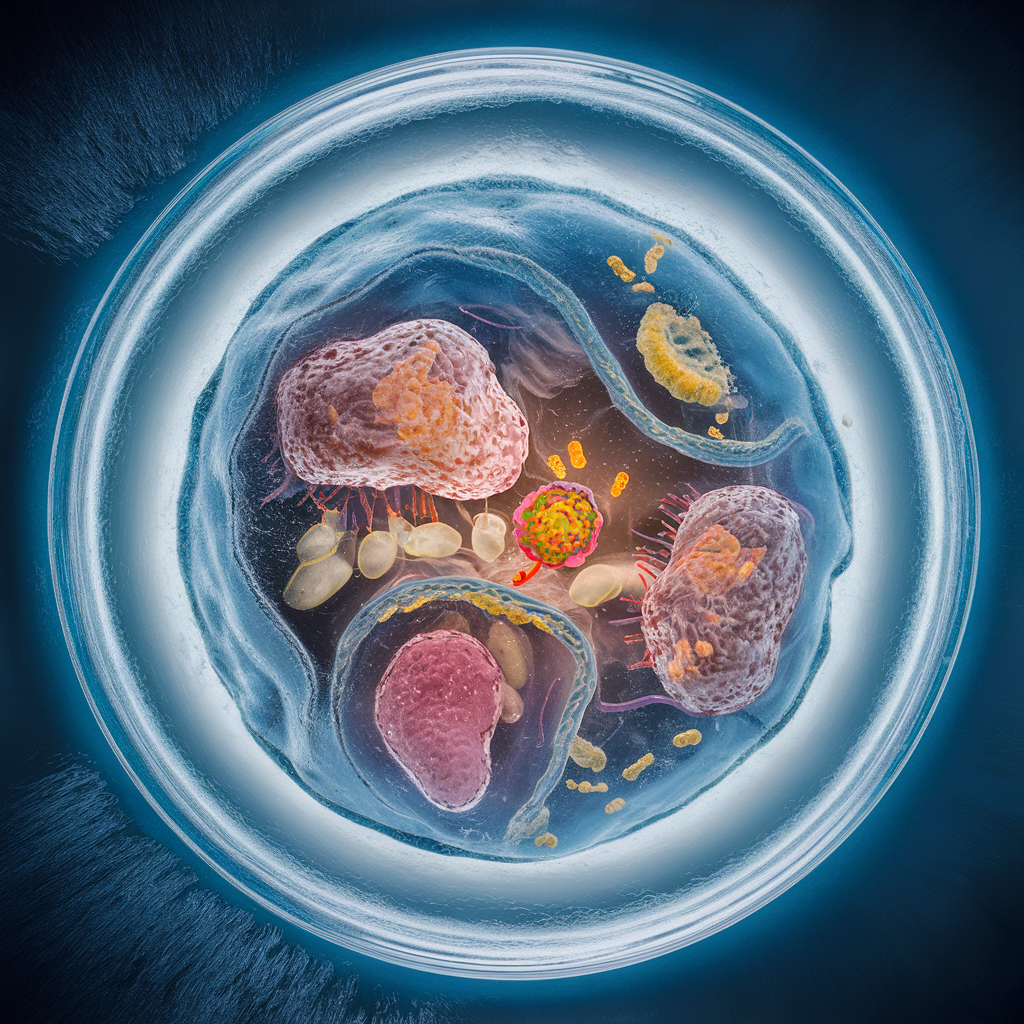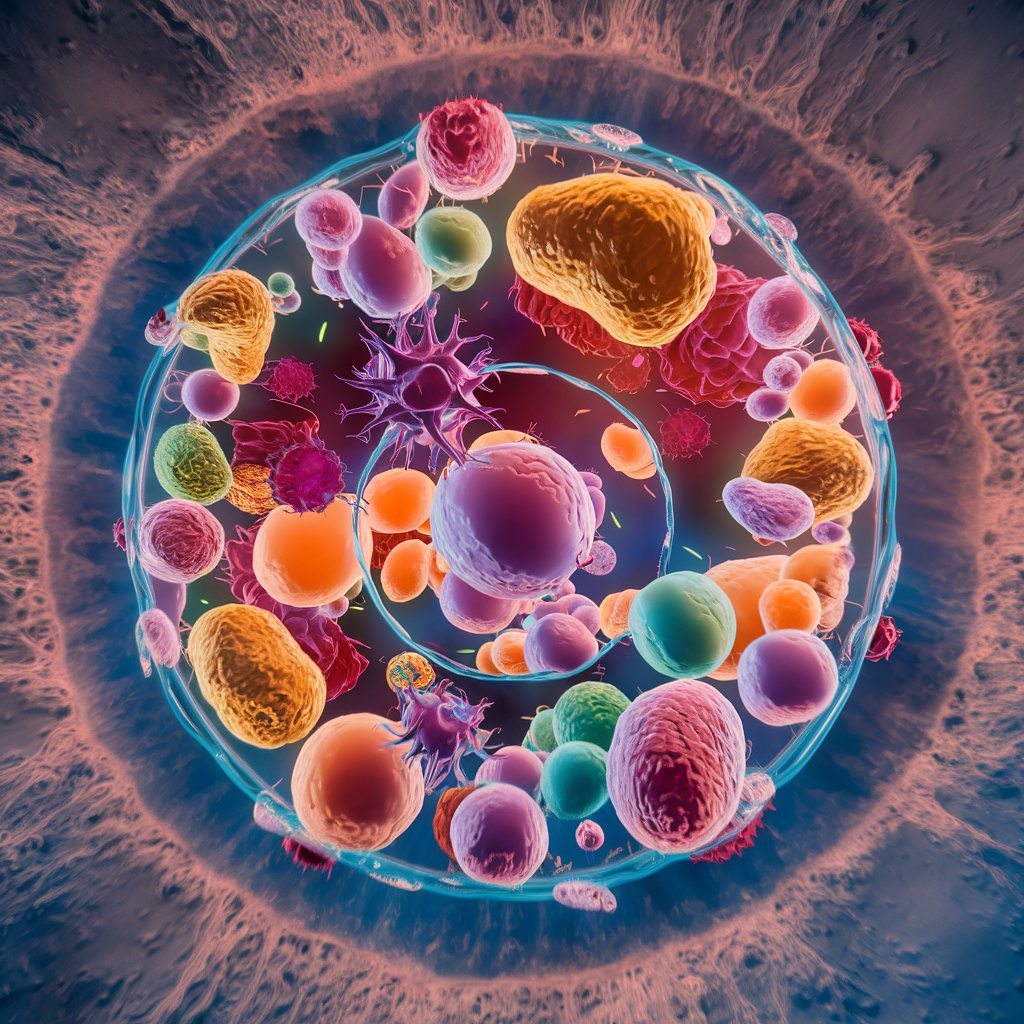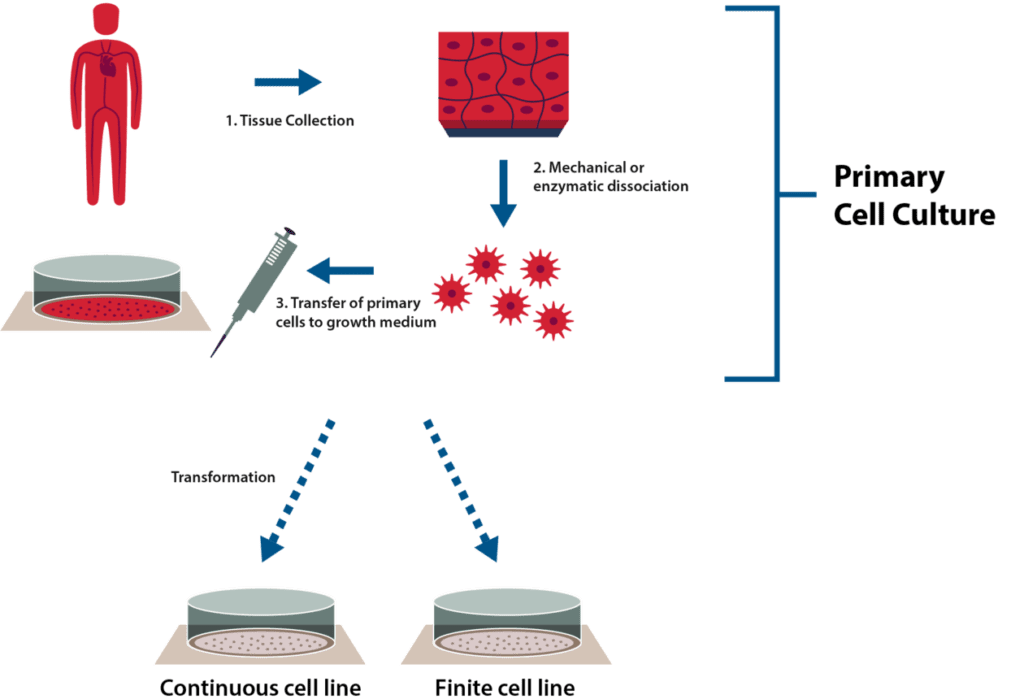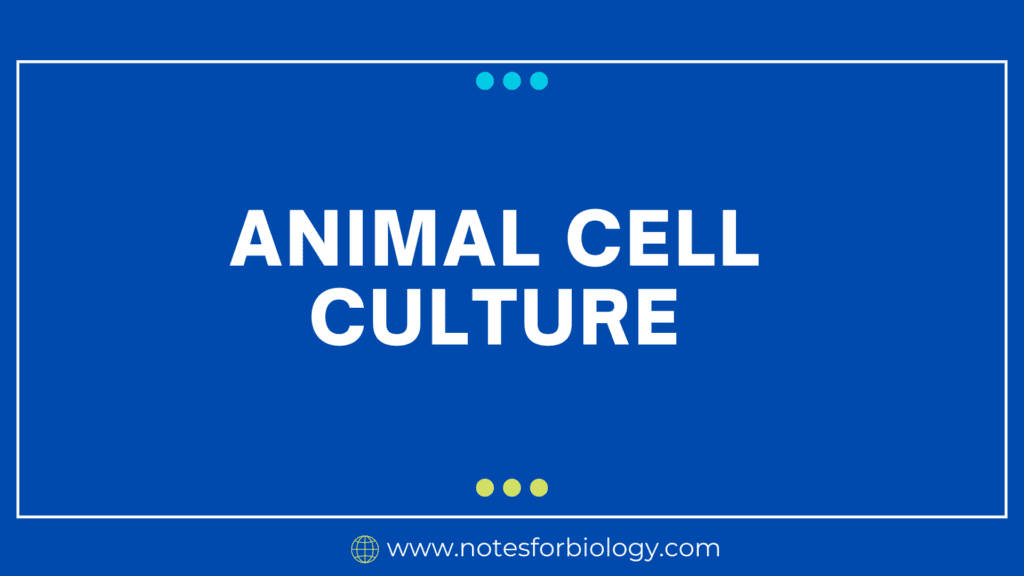What is Animal Cell Culture?

Animal cell culture is the process of growing and preserving cells obtained from animal tissues or organs in vitro—that is, inside a flask or laboratory dish—under carefully regulated humidity, temperature, and nutrition levels.
Table of Contents
Animal Cell Culture
The practice of cultivating and preserving animal cells under carefully monitored circumstances, away from their native habitat, is known as animal cell culture. Using this method, scientists can examine the physiology, behaviour, and reactions of individual cells to a range of stimuli in a lab setting.
Types of Animal Cell Culture
Animal cell culture refers to a variety of methods used to cultivate and preserve animal cells in vitro, away from their native habitat. Various animal cell culture techniques are used, depending on the intended uses and the particular needs of the cells. The types of animal cell culture are
Monolayer Culture
The most fundamental and widely used technique for animal cell culture is monolayer culture. A single layer of cells is grown on the surface of a culture vessel, like a tissue culture flask or petri dish. This method works well for researching basic cellular processes, proliferation, and shape of cells.
Suspension Culture
In suspension culture, cells are grown in a liquid media and are constantly agitated to maintain their suspension. This method works best with cells that are used in the large-scale synthesis of macromolecules like viruses or antibodies, or that grow slowly or readily separate from the surface, like some immune cell types.
Three-Dimensional (3D) Culture

Compared to conventional monolayer cultures, three-dimensional culture techniques are intended to more closely resemble the intricate physiological milieu of tissues and organs. Scaffolds or matrices that facilitate cell-to-cell contact and offer structural support are used to cultivate cells. 3D culture systems are useful for researching medication reactions, disease modelling, tissue development, and cell behavior .
Co-Culture
Co-culturing is the process of growing different cell types in the same culture medium. Studying cell-cell interactions, signalling pathways, and intricate biological processes like immune responses, tumor-stromal growth, and cell differentiation is made possible by this approach.
Organotypic Culture
Organotypic culture is the process of growing tissue slices or explants in vitro while preserving the structure and functionality of the original tissue. Through the use of this technology, tissue-specific processes, including drug metabolism, neural connection, and epithelial barrier function, can be studied in a controlled setting.
Primary Cell Culture

Isolating and cultivating cells straight from animal tissues or organs is known as primary cell culture. Primary cells are useful for researching medication reactions, disease causes, and physiological processes because they maintain many traits of their in vivo counterparts. Nevertheless, initial cells may experience senescence following a certain number of passes and have a finite lifespan in culture.
Cell Line Culture
Stem cells or tumors can be used to create immortalized cell populations called cell lines, which can multiply endlessly in culture. They are frequently employed in biotechnology and research because of their capacity to develop perpetually and offer a steady supply of cells for testing. CHO, HEK293, and HeLa cells are a few examples of well-known cell lines.
Cell Lines
Cell lines are collections of cells that have been modified to develop endlessly in vitro (in a lab setting) from a single parent cell or a primary culture. Because of their immortalization, these cells are able to multiply endlessly in regulated environments without experiencing differentiation or senescence.
Finite Cell Lines
Finite cell lines are populations of cells produced from primary cultures that have a limited ability for proliferation in vitro. They are often referred to as finite cultures or finite cell strains. Finite cell lines, in contrast to immortalised cell lines, experience senescence following a predetermined number of passages or cell divisions and ultimately stop proliferating.
Continuous Cell Lines
Cell populations produced from a single parent cell or primary culture that have been modified to avoid normal cellular senescence and continue growing in vitro (in a laboratory setting) are referred to as continuous cell lines, also known as immortalised cell lines. These cells have undergone genetic alterations or mutations that enable them to elude planned cell death and overcome the typical restrictions on cell division.
Procedure of Animal cell culture
Growth Conditions
Particular nutrients, growth stimulants, and the ideal pH are needed by cells.
Primary Cell Culture
Take cells out of the tissue.
Decide on the main culture
Cell Thawing
Thaw frozen cells carefully before utilizing them.
Trypsin zing Cells
Detachment of enzymes for subculturing.
Applications of Animal Cell Culture
Animal cell culture is used in many different scientific and industrial domains. Among the important applications are:
Biomedical Research
The study of cellular processes, disease mechanisms, and therapeutic treatments in controlled laboratory conditions is made possible by animal cell culture, which is essential to biomedical research. It is employed in the study of gene expression, protein synthesis, cell signaling pathways, differentiation, apoptosis, and proliferation of cells.
Drug Development and Discovery
Because animal cell culture makes it possible to test possible medicinal compounds for toxicity, safety, and efficacy, it is essential to the drug discovery process. Cell-based assays are used to find lead compounds for additional research and development, as well as to analyze the pharmacological characteristics of prospective medications and their impact on cellular targets.
Production of Vaccines
Animal cell culture is extensively employed in the manufacturing of vaccines to combat bacterial and viral infections. Animal cells that have been cultured can be used as hosts to spread viruses or create recombinant proteins that resemble the antigens of infectious pathogens. After being purified, these antigens are combined with other ingredients to create vaccinations that give recipients protective immune responses.
Manufacturing of Biopharmaceuticals
Biopharmaceuticals such as hormones, cytokines, monoclonal antibodies, and therapeutic proteins cannot be produced without animal cell culture. Through genetic engineering, recombinant proteins can be expressed and produced in cultured animal cells, such as Chinese hamster ovary (CHO) cells.
Frequently Asked Questions(FAQ)
What is Animal Cell Culture?
Animal cell culture is the process of growing and preserving cells obtained from animal tissues or organs in vitro—that is, inside a flask or laboratory dish—under carefully regulated humidity, temperature, and nutrition levels.
What do you mean by Cell Lines?
Cell lines are collections of cells that have been modified to develop endlessly in vitro (in a lab setting) from a single parent cell or a primary culture. Because of their immortalization, these cells are able to multiply endlessly in regulated environments without experiencing differentiation or senescence.
What is the application of Animal Cell Culture?
The application of Animal Cell Culture is
1.Biomedical Research
2.Drug Development and Discovery
3.Production of Vaccines
Related Articles



